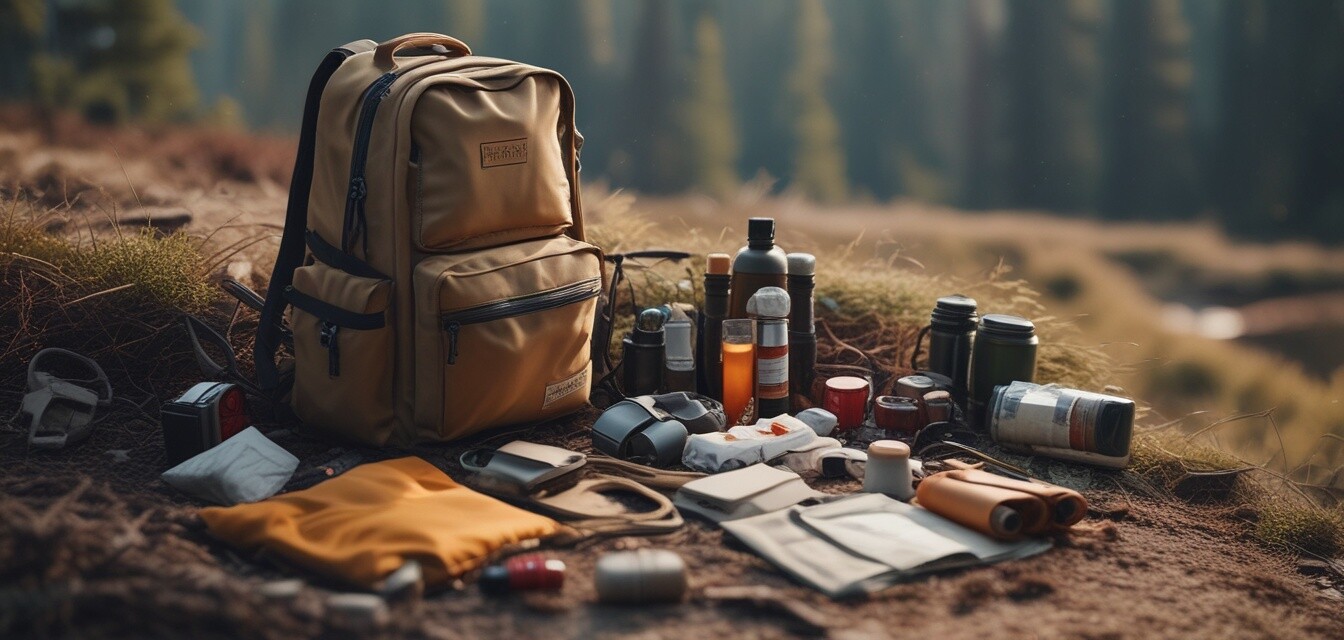
How to Choose the Right Backpack for Emergencies
Key Takeaways
- Assess your specific emergency needs and gear requirements.
- Choose a backpack with the right capacity and size.
- Prioritize durability and weather resistance.
- Look for comfort features to support extended wear.
- Organizational pockets are crucial for easy access to gear.
When it comes to outdoor adventures and emergencies, having the right backpack is pivotal. You need a reliable carrier that not only holds your essential gear but also provides easy access to it when you need it most. In this guide, we will walk you through practical tips for selecting the ideal backpack that meets your emergency preparedness needs.
Understanding Your Emergency Gear Needs
Before you choose a backpack, think about what gear you'll need to carry. Your selection may vary depending on activities like hiking, camping, or disaster preparedness. Here’s a breakdown of key items to consider:
| Emergency Gear | Recommended Features |
|---|---|
| First aid kits | Easy access compartments |
| Emergency food supplies | Insulated pockets or compartments |
| Fire starters | Waterproofing and secure storage |
| Protective clothing | Expandable compartment or adjustable straps |
| Communication devices | Dedicated electronic pocket |
Choosing the Right Size and Capacity
The size of the backpack is crucial. An appropriate capacity depends on the length of your trips and the amount of gear needed. Here’s a general guideline for backpack sizes:
- Day Packs: 20-30 liters for short trips
- Weekend Packs: 30-50 liters for 1-3 days
- Expedition Packs: 50+ liters for extended trips
Prioritizing Durability and Weather Resistance
Outdoor conditions can be unpredictable, so opt for a backpack made from durable and weather-resistant materials. Here are important features to consider:
Tips for Selecting Durable Backpacks
- Look for high-denier nylon or polyester fabric.
- Check for reinforced seams and zippers.
- Choose a water-resistant or waterproof coating.
- Find a lightweight yet strong material.
Comfort Features to Look For
Comfort is vital for your outdoor adventures. Here are features that ensure you have a comfortable wear:
- Padded shoulder straps: Distributes weight evenly.
- Adjustable sternum straps: Stabilizes the pack to your body.
- Breathable back panel: Reduces sweat and provides comfort during long hikes.
- Hip belts: Helps transfer load to your hips.
Organizational Features for Easy Access
To make the most of your backpack, look for organizational features that allow for quick access to your emergency gear:
| Feature | Description |
|---|---|
| Multiple compartments | Helps separate gear for easy access |
| Side pockets | Ideal for water bottles or quick-access items |
| Front-loading accessibility | Allows you to see all contents at once |
| Attachment points | Best for securing gear externally |
Conclusion
Choosing the right backpack for emergencies is essential for safe and enjoyable outdoor adventures. By assessing your gear needs, prioritizing comfort, and focusing on durability and organization, you can ensure that your backpack will serve you well during emergencies.
Pros
- Capability to carry essential gear safely
- Increased comfort during outdoor activities
- Custom organization for quick access
- Diverse features catering to all types of emergencies
Cons
- Potential higher cost for quality options
- Weight can be a concern with heavily loaded packs
- Not all packs suit every style of outdoor activity
For more insight on emergency preparedness and outdoor gear, check out our Outdoor Tips and Resources section and explore other essential equipment, such as First Aid Kits and Survival Gear.